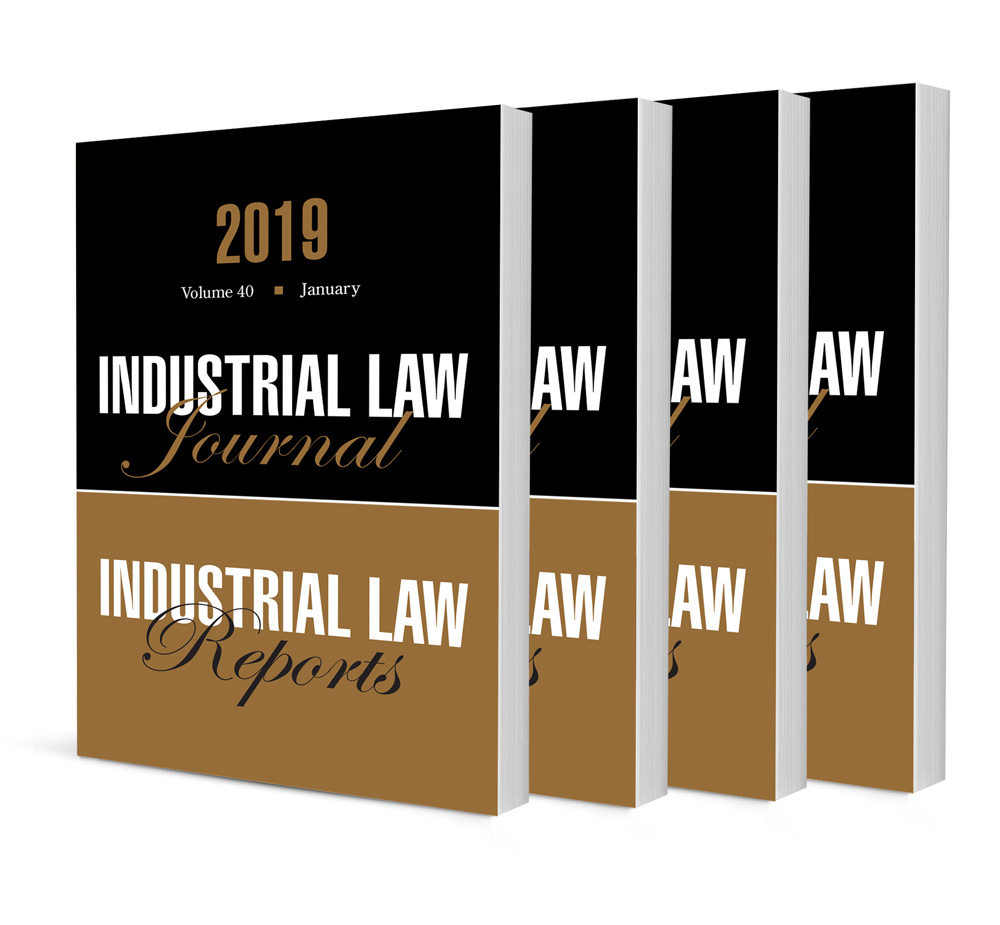Case Note: Some thoughts on claims for compensation and damages for automatically unfair dismissals and discrimination: A discussion of Hibbert v ARB Electrical Wholesalers (Pty) Ltd (2013) 34 ILJ 1190 (LC)

Case Note: Some thoughts on claims for compensation and damages for automatically unfair dismissals and discrimination: A discussion of Hibbert v ARB Electrical Wholesalers (Pty) Ltd (2013) 34 ILJ 1190 (LC)
Authors Dhashina Moodley, Nicola Whitear-Nel
ISSN: 2413-9874
Affiliations: LLM candidate, University of KwaZulu-Natal; Senior Lecturer, University of KwaZulu-Natal
Source: Industrial Law Journal, Volume 36 Issue 2, 2015, p. 907 – 914
Abstract
None